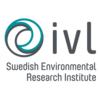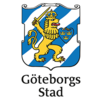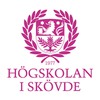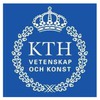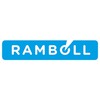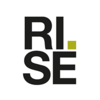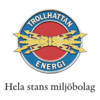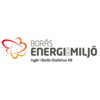Open Waters
There is a great potential for societal savings in water treatment infrastructure, as well as development and innovation for a sustainable future. In this project we are investigating the possibilities with open data and shared design for cross-sectoral cooperation and innovation in digital twins.
Our focus is water treatment
The aim of this project is to ensure sustainable management of water and sanitation for all, and to promote the transition towards sustainable value chains and inclusive and sustainable economic growth. We believe that the development of digital twins, not only for the systems and processes but for the water treatment infrastructure as a whole, can open up for new efficient techniques and sustainable innovations.
Water treatment
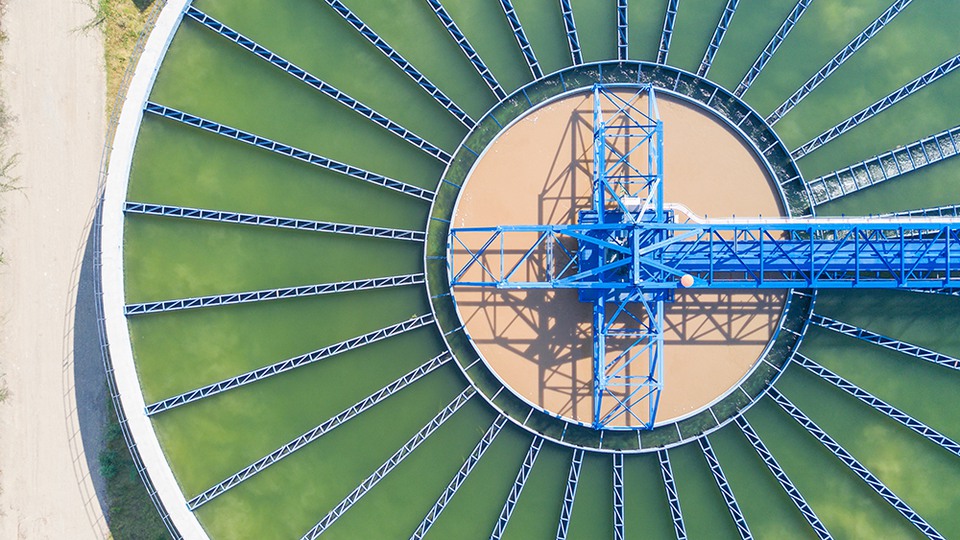
Water treatment plants in Sweden the coming decade
As many of the existing water treatment plants in Sweden needs to be renovated or replaced over the coming decade, multimillion-class investments will be required to meet these needs. A cost-effective and innovative model of the critical infrastructure for water treatment can therefore play an important role in the development of smart and sustainable water treatment, not only in Sweden but also in the world at large. Finding new ways to collaborate around open data and shared design could work as facilitators to collaboration and innovation.
The project
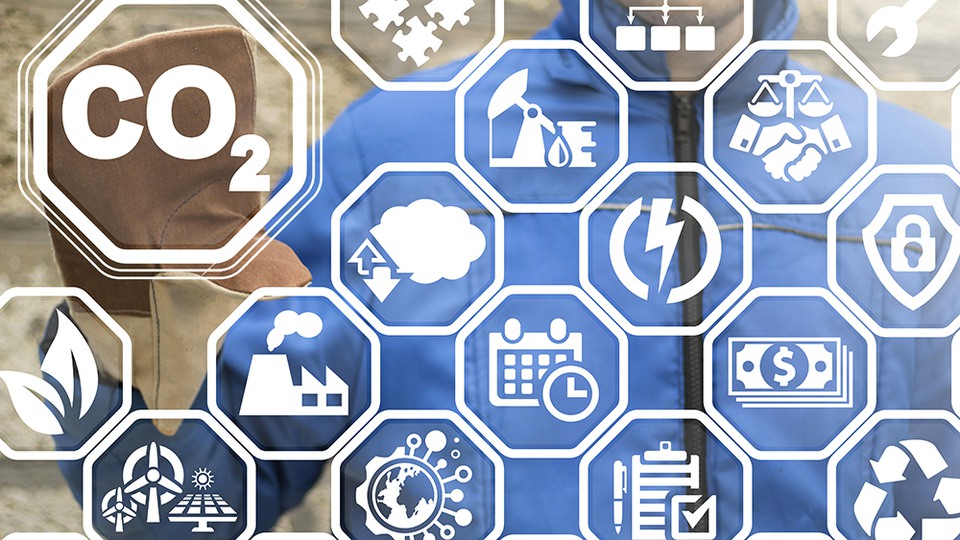
Open data in digital twins for sustainable water treatment
By developing a scenario and model definition of how data can become open, available and integrated in infrastructure development (wastewater treatment plants and drinking water production plants) we want to provide a basis for digital transformation and innovation for the public sector as well as for industry and services. The new PSI Directive (Directive 2003/98/EC on the re-use of public sector information) is one foundation for our discussions. The NIS Directive (Directive on Security of Network and Information Systems) is another. Some of the questions and issues in our focus are:
- What needs to be considered, if and when data and design becomes open and shared in digital twins, to meet the risk and security requirements?
- How can we find new ways to collaborate in digital twins so that it adds value for the different stakeholders in the water treatment value chain.
Risk management
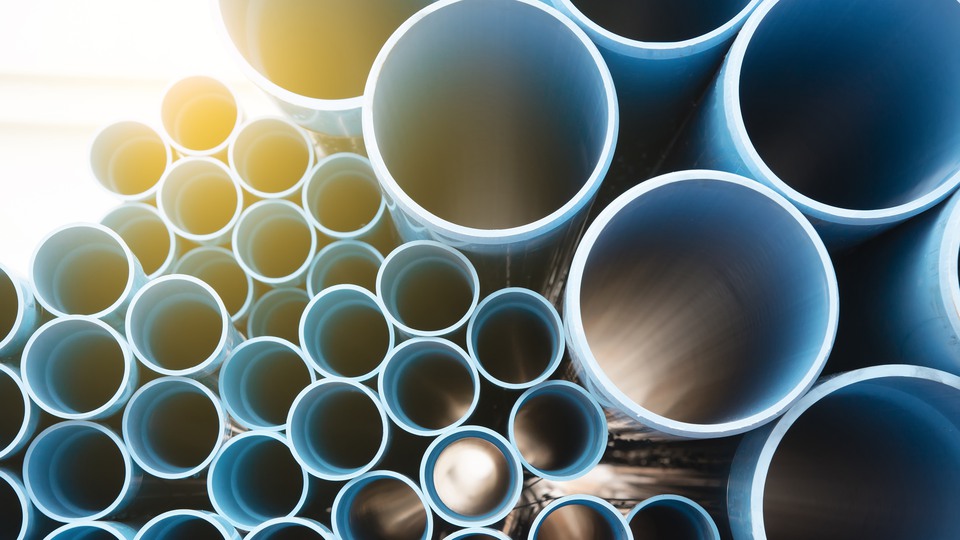
Risk management and sustainable open source
There are several obvious risks when data and design for wastewater treatment plants and drinking water production plants become available. One of those risks is shared design, which presupposes long-term maintenance of files in open file formats. As we don’t want risks to become obstacles for sustainable development, risk management across the entire value chain is of essence.
In this project we will therefore consider the longevity of files containing qualitative data and design information, as it presupposes that file formats used are implemented in sustainable open source software projects.
Sharing data
.jpg)
Sharing data and design within innovation ecosystems
One of the keys as we see it, to achieve long-lasting and sustainable water treatment infrastructure, is to work in cross-sectoral cooperation. By sharing data and design within so called “innovation ecosystems”, stakeholders can contribute with facts, knowledge and share experience in an efficient way and innovation ecosystems can evolve.
With this, new knowledge and innovation can be built on top of research, experiences and insights from several different sources to create new solutions. We therefore find it satisfying that we within this project consortium have a broad base of stakeholders that adds different needs, perspectives, requirements and experiences to the table.
Added value when digital twins work as virtual copies of an environment
A digital twin means that you have a virtual environment that looks exactly like a physical one, in case a water treatment plant or parts of it. Within the virtual environment you can then create, test and build equipment and see how it preforms without affecting the physical one. You could also test different scenarios like floods, drought or other to see how it effects the water treatment plant. In this project we want to increase the knowledge of digital twins' reliability, traceability, robustness and resilience in real time and over time.

Project funded by Vinnova (Innovations for a sustainable society) 2020-2022
Partners:
